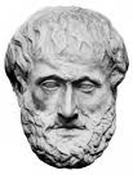
a. formal logic (the method of articulation)
the non-contradictionality (consistency)
- the order of non-contradictional statements and conclusions
(i.e. Aristotle)
b. dialectic logic (the object of articulation)
the non-contradictive description of contradictionality
- the order of change and generativity (historicalism)
(i.e. Hegel)
c. transcendental logic (the articulation of articulation)
the description of the structure and progress of articulation
- the order of revealing our innate (a priori) orientation
(i.e. Kant)
The center of logical problems is the concept of truth.
Do we find or do we create truth? When is a statement true? What is truth?
Truth is a logical value and depends on logical conditions.
The essence of ‘logicality’ is orderliness, definiteness, and consistency.
The main theories of formal consistency (formal truth) are:
- Violence-based
A statement is true if it belongs to a more forceful, more authoritative, and more powerful someone. - Logic-based
A statement is true if it does not contradict itself (formally logical).
The main theories of materialistic consistency (contentual truth) are:
- Experience- based
A statement is true if it corresponds to my experience. - Correspondence- based – i.e. Aristotle, Tarski
A statement is true if it corresponds to reality. - Convention- based (agreement-based) – i.e. Poincaré
A statement is true if it corresponds to the scientific conventions. - Grammatics- based – i.e. Frege
A statement is true if it is grammatically noncontradictional. - Pragmatism- based (application-based) – i.e. Peirce, James, Dewey
A statement is true if it is usefuI (in survival). - Dialogue- based – i.e. Habermas
A statement is true if it accepted in the scientific dialogue. - Dialectic- based (change-based) – i.e. Hegel, Marx
A statement is true if it is dialectical and historic (logical in its contents).
Foundedness?
The importance of logics is in the peaceful and reasoning-based solution of conflicts. This is guaranteed by the formal truth (which is approximated by non-contradictionality) and the material truth (which is approximated by dialectics – namely by the context of change) of logics. (The meaning of approximate truth: truth can be improved, but cannot be perfect). In the history logics, however, a bizarre tension has developed between the avoidance of violence and the ignorance of material problems (latent violence). The formalization characterizing the progress of logics has served logicality (in the details) and illogicality (in the fundamental questions of philosophy) at the same time. Adhering to the correspondence-principle and in search of the substantial foundations, classical logics (from Aristotle until Frege) did not separate formal and material truth, but was searching in naïve simplicity for ‘true’ (that is corresponding to reality) statements. Those philosophers did not even separate factual statements and value statements from one another, but simply and naively believed that there are values behind the facts and there are facts behind the values. Based on the initiative of Gottlob Frege (1848 – 1925), however, the modern (‘symbolic’) logics that developed from the second half of the 19th century limits the analyses to the meaning of a statement (how it states) and its form of stating (the grammatical truth of the statement) and isolates itself from the reason of statements and the problem of material truth.
On the basis of the inability to sensually experience values, George Edward Moore (1873 – 1958) dismisses the use of logics related to factual statements in the case of value statements, and thus refers all material questions to the realm of religious intuition. The postmodern approach says that the evaluation of statements (the truth-problem) is nothing but an act of speech, merely the emotional expression of approval or disapproval. Modern logics – above all Alfred Tarski (1902 – 1983) – has explored the secrets of classical paradoxes and pointed out how the multiple meanings and the mixing up of linguistic levels (‘twisting’) lead to unsolvable puzzles, but it still cannot succeed in understanding the logics of change that contextualizes logics, and not even troubles itself with it anymore.
The search for 'progress' and 'truth'
Linguistic philospohy
The ancient Greeks were already engaged in linguistics (grammatics) and they established phonetics, morphemics, syntax, and etymology, but they did not even attempt to study the general nature and the change of language. Linguistic philosophy is a modern phenomenon that was made possible by the global connections (geographical explorations) and the linguistic experiences of the revolution of social connections (civil equality) by the 19th century.
Wilhelm von Humboldt (1767 – 1835) is one of the most important initiators of comparative linguistic analysis and he is the first to study the changes of ‘flexible’ language and its different versions. It is because of the studies of Jacob Grimm (1785 – 1835) that ‘historic linguistics’, the study of the changing language became widespread, and thus the evolution of languages and language families was discovered by the end of the 19th century.
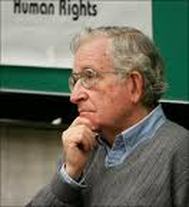
By the 1920s the foundations of ‘modern logics’ was established by Gottlob Frege with the separation of reason and meaning and the semiotics and ‘pragmatism’ of Charles S. Peirce (1839 – 1914) with the separation of syntax, semantics, and pragmatics. This era of turning towards logics from historicalism was represented by the ‘structural linguistics’ of Ferdinand de Saussure (1857 – 1913), and within this field, by the ‘descriptive linguistics’ of L. Bloomfield (1887 – 1949), the ‘logical-philosophical dissertation’ of Ludwig Wittgenstein (1889 – 1951), and the ‘neopositivism’ of the Vienna Circle (1929).
The absence of the dialectic and dynamic (systems theoretical) model of in-time language, however, has led to another crisis, especially with the storm-like progress of cryptography, cybernetics, modern logics, and the artificial languages (computer technology), that gained momentum during World War II and the Cold War. By the 1960s, there were two answers emerging to the theoretical and language philosophical challenge: the ‘linguistic turn’ of analytic philosophy and the ‘generative grammatics’ of Noam Chomsky (1928 - ). The former sought to study the natural languages (and thinking), and the latter attempted to outline the more general language behind all languages.
The possibility/impossibility of a language free from multiple meanings stands in the centre of modern linguistic philosophy. Everyone researches the secrets of signs and meanings. Wittgenstein’s late writings are the first to focus on the importance of the meaning-modifying verbal situations (‘language games’), but the ‘speech act’ theory of J. L. Austin (1911 – 1960) also analyzes them. In what relation are the signs with what they signify? How is language related to the world? What is the role of language in communication? Wittgenstein says that most philosophical problems are false problems (i.e. metaphysics) that come from the miscomprehension of language games and the linguistic abuses (referring to something sensually non-experienceable on a language that refers to sensual experiences). The research of signs has expanded to the research of symbols and indications and to the linguistic analysis of nonverbal languages (i.e. the studying of the role of gestures, physicality, behavioural culture and material culture in the personal and mass communication). Such descriptions are born in which all criticism is limited to the dismissal of criticism.
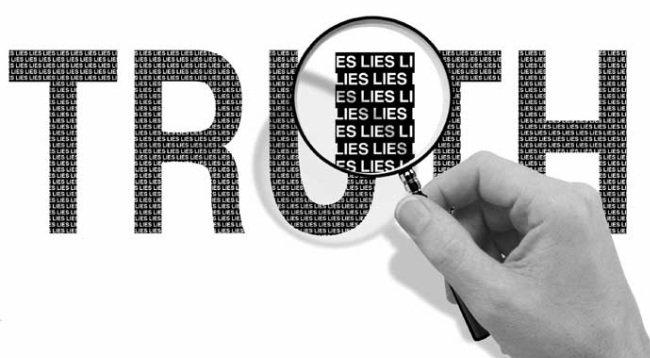
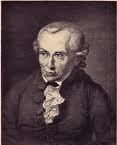
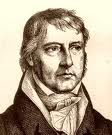

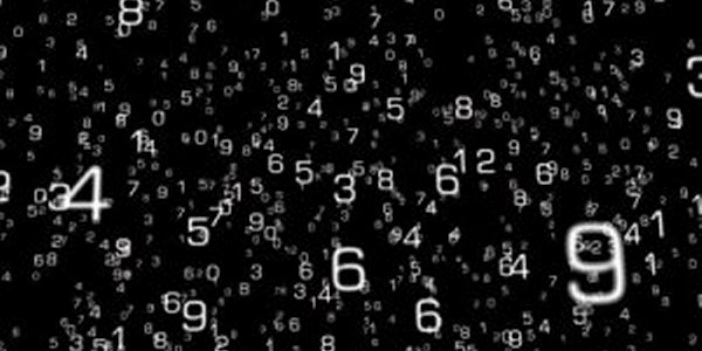
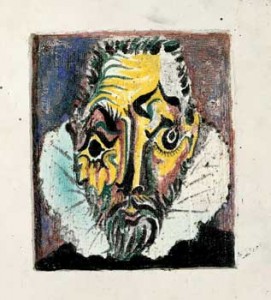
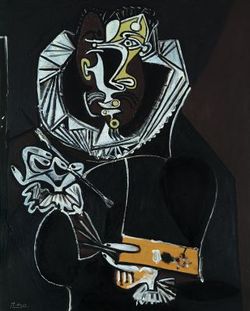
 RSS Feed
RSS Feed
